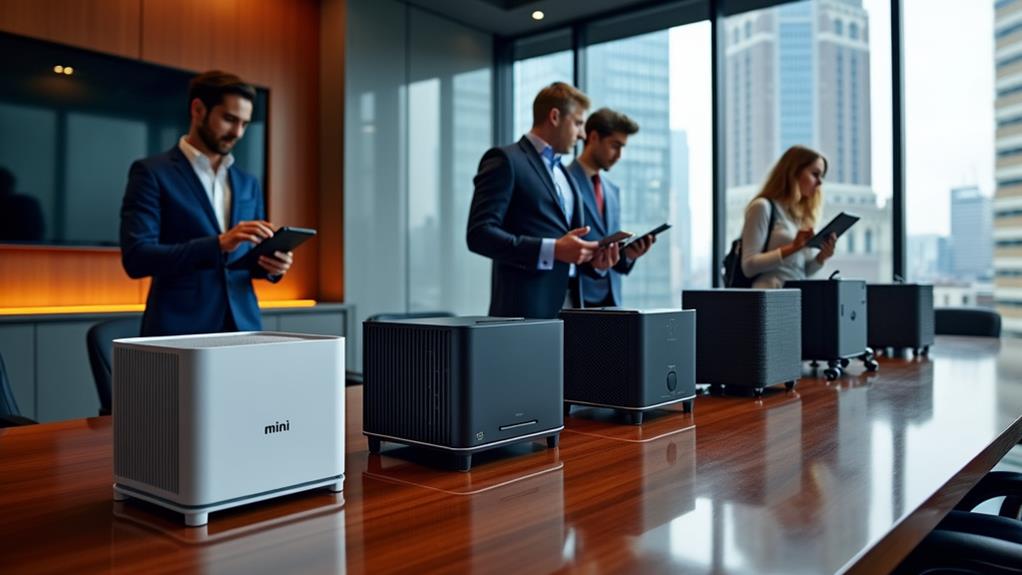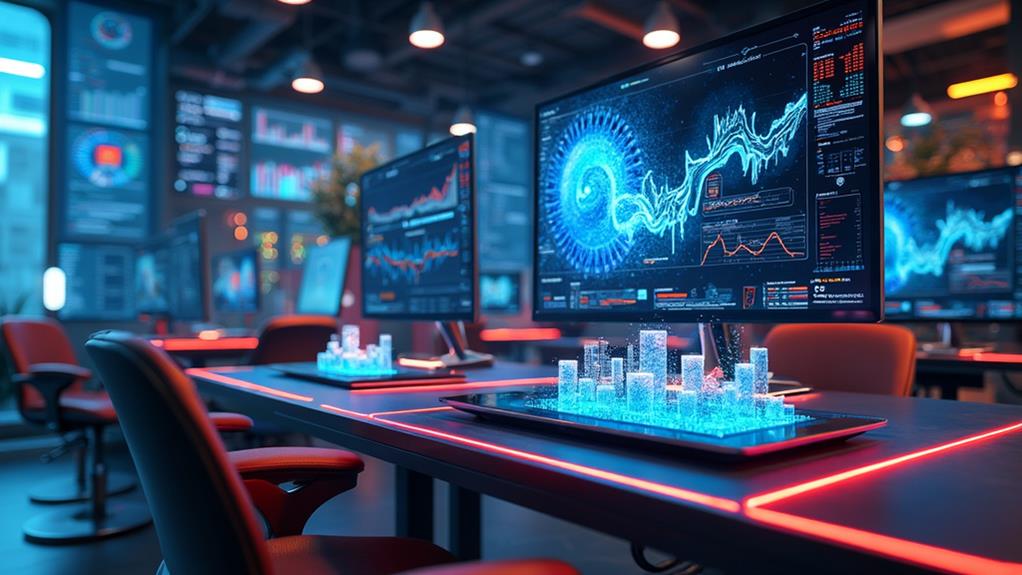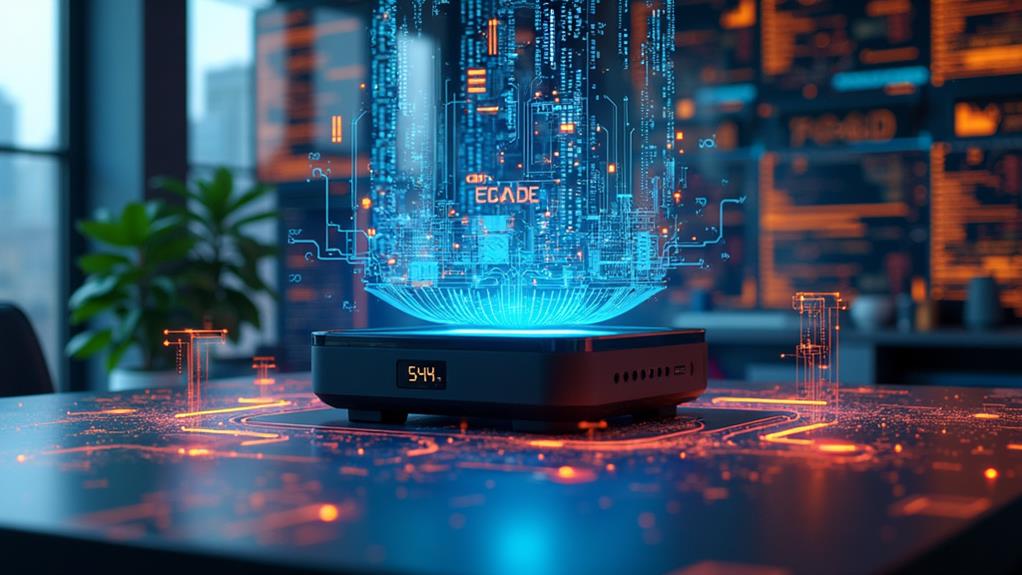

You’ll be surprised to discover the sheer variety of minicomputers that exist in today’s tech-savvy world. From pocket-sized powerhouses to sleek desktop companions, minicomputers come in all shapes and sizes. Whether you’re a casual user looking for a portable device or an avid gamer seeking unparalleled performance, there’s a minicomputer out there that suits your needs perfectly. Join us as we take a closer look at the myriad of options available, and get ready to be amazed by the versatility of these compact yet mighty machines.
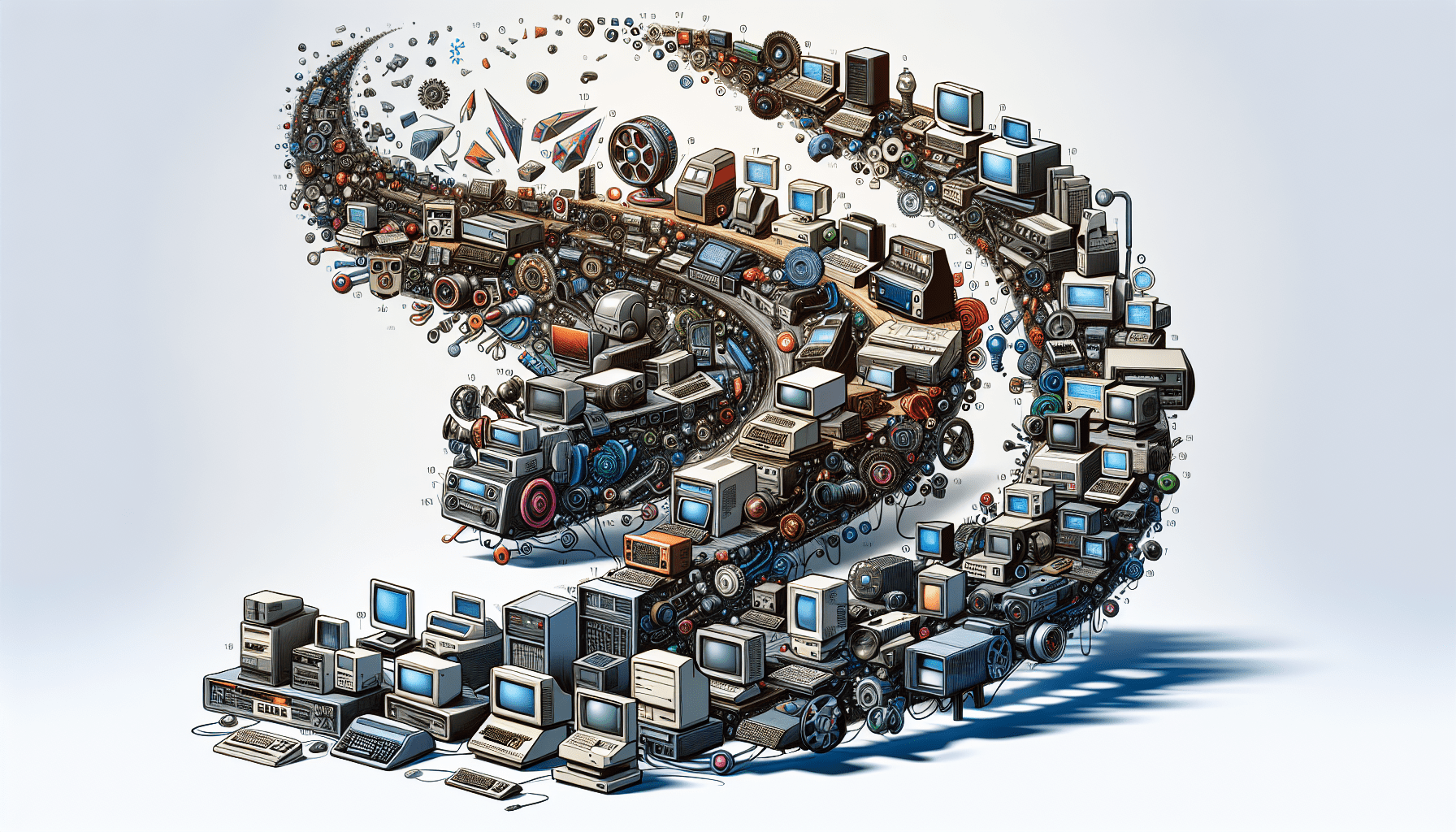
Mainframe Computers
Mainframe computers are a type of high-performance computing system that are designed to handle large-scale data processing and critical business applications. They are known for their reliability, scalability, and ability to process massive amounts of data simultaneously. One of the defining characteristics of mainframe computers is their ability to support a large number of users accessing the system concurrently.
In terms of hardware, mainframe computers are built with powerful processors, high-capacity memory, and extensive storage systems. They are equipped with multiple input-output channels to facilitate fast data transfer and communication between different components. Mainframes also typically require specialized cooling systems to prevent overheating, as they generate significant heat due to their high processing capabilities.
An excellent example of a mainframe computer is the IBM Z series. These mainframes are widely used in industries such as finance, healthcare, and government, where reliability and security are of utmost importance. The IBM Z series offers advanced features like hardware-level encryption and partitioning to ensure the protection of sensitive data.
Supercomputers
Supercomputers are the most powerful and fastest computers available, primarily used for solving complex scientific problems and performing large-scale simulations. They are designed to deliver exceptional computational performance and are capable of processing billions of calculations per second.
Supercomputers consist of a large number of processors that work together in parallel to solve computationally intensive tasks. These processors are connected through high-speed interconnects, allowing for fast data exchange and collaboration. Supercomputers also require extensive cooling mechanisms to manage the heat generated by the intense processing power.
A well-known example of a supercomputer is the Summit system developed by IBM and NVIDIA. Summit is currently ranked as the world’s most powerful supercomputer and is used for a wide range of applications, including climate modeling, astrophysics, and drug discovery.
Workstations
Workstations are powerful computers designed for professionals who require robust computing capabilities for tasks like CAD (computer-aided design), 3D animation, video editing, and scientific research. Workstations offer a balance between performance and cost, providing the necessary horsepower for demanding applications.
Workstations are typically equipped with advanced processors, high-capacity RAM, professional-grade graphics cards, and fast storage drives. They also often feature multiple expansion slots for adding specialized hardware, such as additional graphics cards or network adapters. Workstations usually run on professional operating systems like Windows 10 Professional or macOS.
Examples of popular workstation models include the HP Z4 G4 and the Dell Precision 5820 Tower. These workstations are designed to handle complex tasks efficiently and offer a wide range of customization options to cater to specific user requirements.
Microcomputers
Microcomputers, also known as personal computers (PCs), are the most common type of computer used by individuals and businesses for general computing tasks. They are designed for personal use and offer a wide range of functionalities, including internet access, word processing, gaming, and multimedia playback.
Microcomputers are characterized by their compact size, affordability, and versatility. They typically consist of a single motherboard that houses the main components, including the processor, memory, storage, and input-output ports. Microcomputers come in various form factors, such as desktop towers, all-in-one PCs, and mini PCs.
Examples of microcomputers include popular models like the Apple iMac, Dell XPS, and HP Pavilion. These computers are widely used for everyday computing needs, such as browsing the internet, sending emails, and running office productivity software.
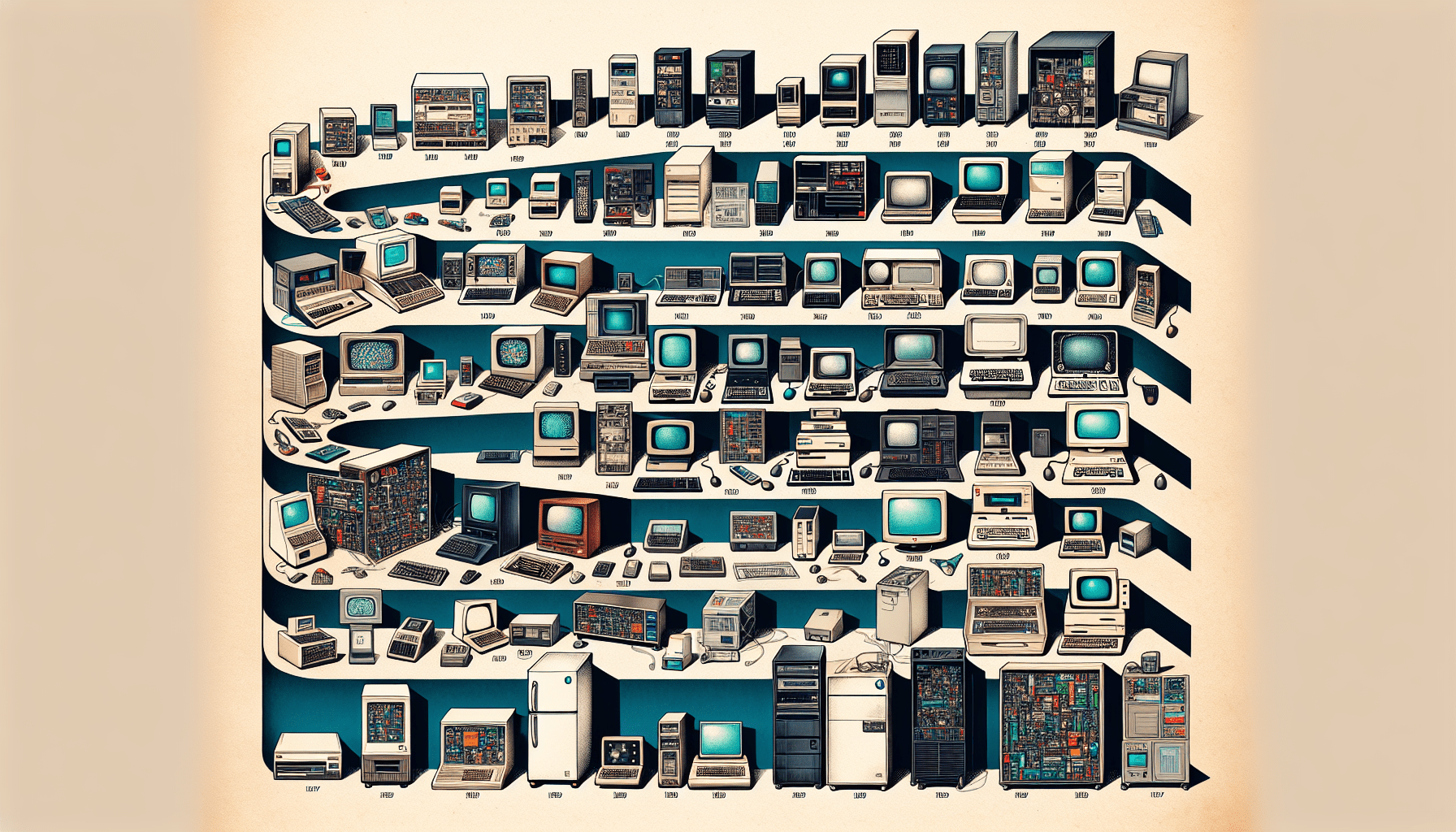
Laptops
Laptops, also known as notebook computers, are portable versions of microcomputers. They provide all the functionalities of a desktop computer but in a compact and lightweight form factor. Laptops offer the convenience of being able to work and access information from anywhere, making them popular among students, professionals, and travelers.
Laptops feature a built-in screen, keyboard, and trackpad or pointing device, allowing for a self-contained computing experience. They typically have a hinged design that allows the screen to be closed over the keyboard for easy transportation. Laptops also come with batteries that provide power when not connected to an external power source.
Examples of popular laptop brands include Apple MacBook, Dell XPS, HP Spectre, and Lenovo ThinkPad. These laptops offer various performance levels, sizes, and features to cater to different user needs.
Tablets
Tablets are handheld computing devices that offer a combination of features from laptops and smartphones. They are characterized by their touchscreen interface, portability, and ease of use. Tablets are designed for activities like web browsing, media consumption, gaming, and light productivity tasks.
Tablets feature a flat display that responds to touch gestures, eliminating the need for a keyboard or mouse. They usually run on mobile operating systems like iOS and Android, which provide a user-friendly interface and access to a wide range of apps from respective app stores. Tablets also often have front and rear-facing cameras, allowing for video calls and capturing photos and videos.
Popular examples of tablets include the Apple iPad, Samsung Galaxy Tab, and Microsoft Surface Pro. These devices come in various sizes and configurations, allowing users to choose the tablet that best suits their needs.
Smartphones
Smartphones are handheld devices that combine the functionalities of a mobile phone and a microcomputer. They are designed to provide communication capabilities along with access to a wide range of applications and services. Smartphones have become an essential part of modern life, offering features like internet access, social media, navigation, and multimedia playback.
Smartphones come with a touchscreen display, built-in microphone and speakers, and various sensors like accelerometers and GPS. They are primarily operated using touch gestures and virtual keyboards, but can also support voice commands. Smartphones run on mobile operating systems like iOS and Android, which offer a vast ecosystem of apps and services through respective app stores.
Examples of popular smartphones include the iPhone (Apple), Galaxy S series (Samsung), Pixel (Google), and OnePlus devices. These smartphones offer varying specifications, designs, and price points to cater to a wide range of user preferences.
Embedded Systems
Embedded systems refer to computers embedded within other devices or systems to perform specific functions. They are designed to operate within the constraints of the larger system and often have dedicated purposes or limited user interaction. Embedded systems can be found in numerous applications, including automotive systems, home appliances, medical devices, and industrial machinery.
Embedded systems are characterized by their compact size, low power consumption, and real-time processing capabilities. They are typically built around microcontrollers or microprocessors and are highly optimized for efficiency and reliability. Embedded systems often have specialized software tailored for specific tasks and are seamlessly integrated into the overall device or system.
Examples of embedded systems include the engine control unit in cars, the firmware controlling a smart thermostat, and the control systems used in industrial robots. These systems play crucial roles in ensuring the smooth operation of various devices and systems.
Internet of Things (IoT) Devices
Internet of Things (IoT) devices refers to interconnected objects or devices that can collect, exchange, and process data over the internet. These devices are typically equipped with sensors, processors, and wireless communication capabilities, allowing them to gather data from their surroundings and interact with other devices or services remotely.
IoT devices encompass a wide range of gadgets, including smart home devices, wearable devices, and industrial monitoring systems. They enable functions like home automation, remote monitoring, and data analytics. IoT devices often rely on cloud-based services or local gateways to process and store data.
Examples of IoT devices include smart thermostats, fitness trackers, connected refrigerators, and industrial sensors. These devices are transforming various aspects of daily life and industries by enabling greater connectivity and automation.
Single-Board Computers
Single-board computers (SBCs) are compact computing devices built on a single circuit board. They integrate all the necessary components, including the processor, memory, storage, and input/output interfaces, into one compact unit. SBCs are typically used for educational purposes, hobbyist projects, and small-scale computing applications.
SBCs can run full-fledged operating systems like Linux and Windows, allowing users to perform various computing tasks. They are often used for prototyping, robotics, media centers, and retro gaming systems. SBCs also have a vibrant community of enthusiasts who develop and share projects, software, and resources.
Examples of SBCs include the Raspberry Pi, Arduino, and BeagleBone. These devices have gained popularity due to their affordability, versatility, and ease of use, making them a popular choice among hobbyists, educators, and tinkerers.
In conclusion, the world of computers has evolved to encompass a wide range of devices, each catering to specific needs and use cases. From the massive processing power of mainframe computers and supercomputers to the compact convenience of laptops, tablets, and smartphones, technology has advanced to meet the demands of various industries and individuals. The proliferation of embedded systems, IoT devices, and single-board computers further emphasizes the ever-increasing connectivity and automation in our daily lives. As technology continues to evolve, it is fascinating to see how these different types of computers will further shape our digital world.
Disclosure: As an Amazon Associate, I earn from qualifying purchases.


